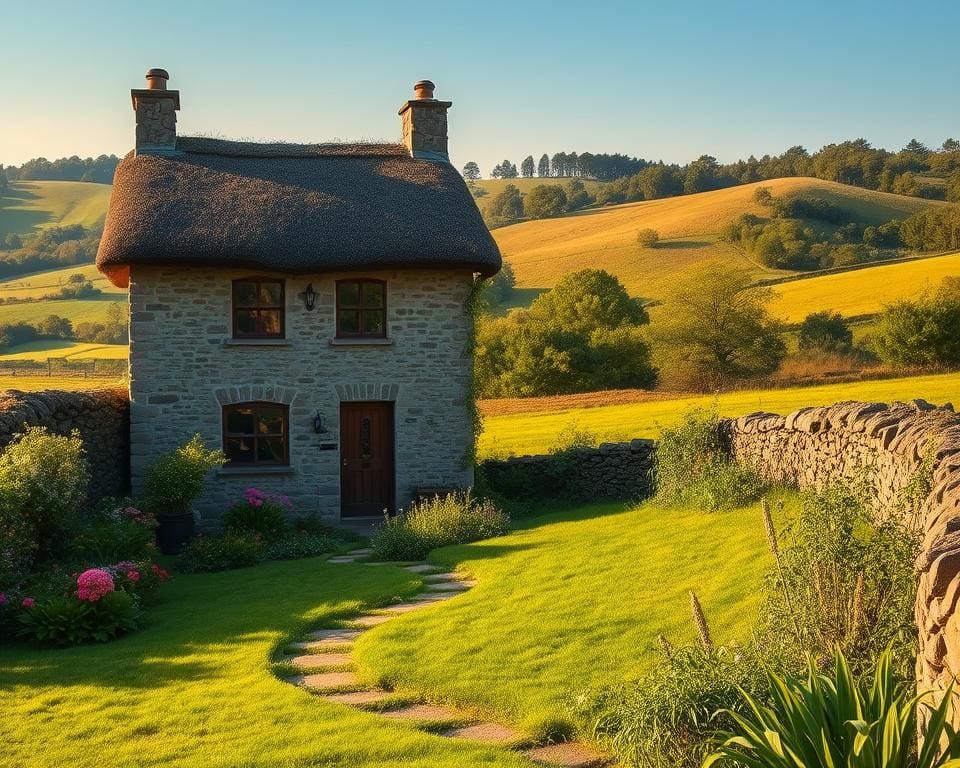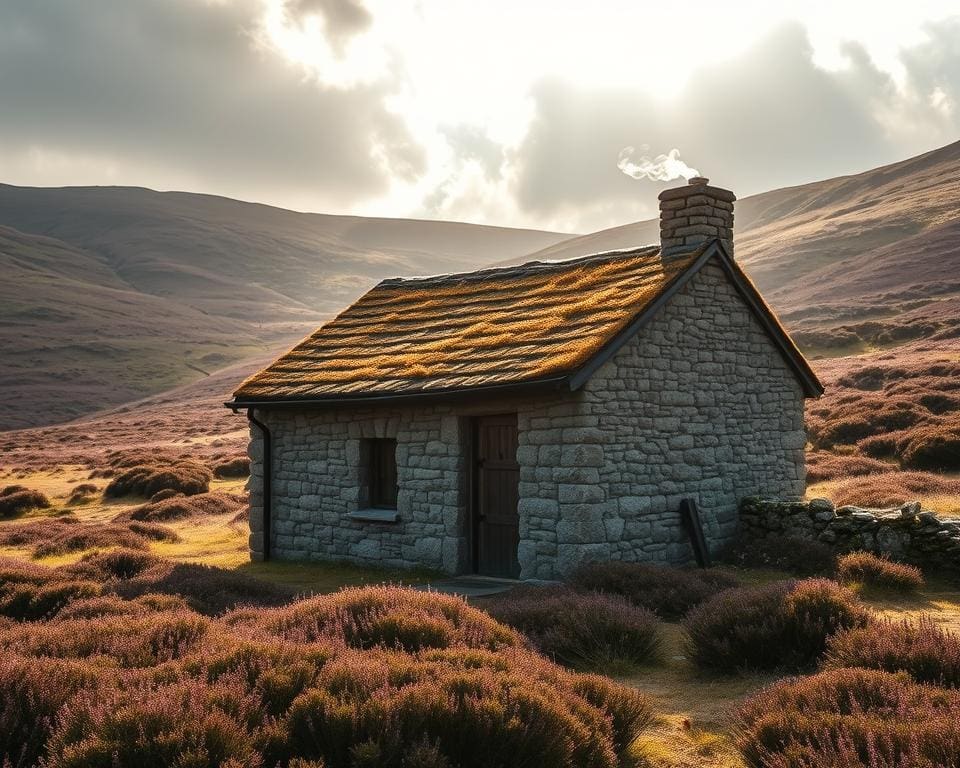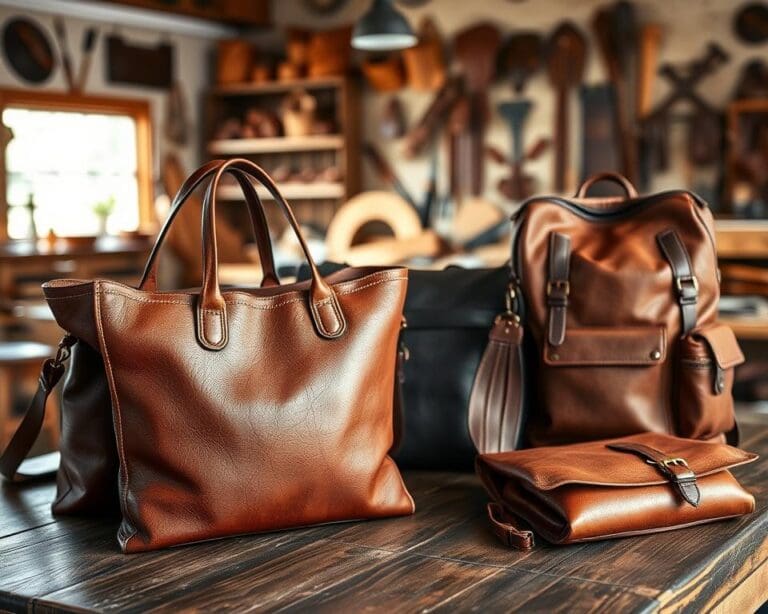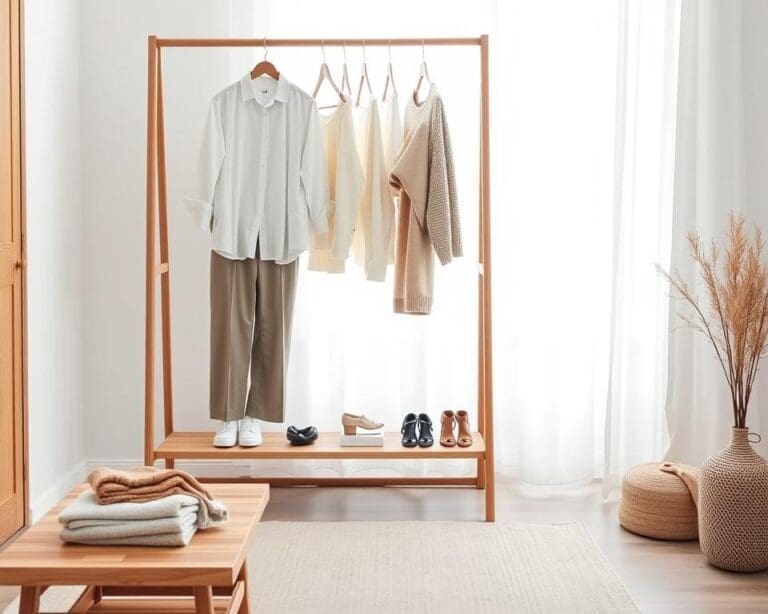A bothy house is a small, simple shelter usually located in remote areas of the UK, particularly in the Scottish Highlands. These quaint structures traditionally served as rustic accommodations for travellers and shepherds, providing refuge from inclement weather while they explored the rugged landscapes. The bothy house definition captures its essence as a back-to-basics retreat, appealing to nature lovers and outdoor enthusiasts alike.
Bothies often lack modern infrastructure such as running water and electricity, embodying a minimalist approach that resonates with those seeking to disconnect from the hustle and bustle of everyday life. The allure of a bothy house lies in its authenticity and connection to the surrounding natural environment, offering a tranquil escape that invites reflection and rejuvenation.
Bothy House Definition
The concept of a bothy is rooted in simplicity and utility. These structures are designed to provide basic accommodation in remote spots, essential for adventurers exploring Scotland’s rugged landscapes. The Bothy House Definition encompasses more than just shelter; it reflects a harmonious relationship between nature and those seeking to experience its beauty. Understanding what a bothy house represents allows one to appreciate its role in outdoor culture and recreation.
Understanding the Concept of a Bothy
What is a bothy house? At its core, it signifies a place of refuge for those who traverse wild terrains. Originally constructed as temporary housing for workers, these shelters today attract hikers, climbers, and nature enthusiasts alike. Bothies provide warmth and comfort amidst the elements, embodying the spirit of Scottish hospitality. Their minimalist nature promotes a back-to-basics lifestyle, allowing visitors to immerse themselves fully in the surrounding environment.
The Origin of the Term
The term “bothy” finds its roots in the Scottish Gaelic word “both,” referring to a simple hut or shanty. Historically, these structures were vital for estate workers, serving as resting points during long days of labour. Over time, the usage of bothies has expanded, transitioning from practical workspaces to cherished lodgings for outdoor adventurers. This evolution illustrates the broader appeal of bothy houses and their enduring significance within Scottish culture and heritage.

Bothy House Features
A bothy house exemplifies a harmonious blend of simplicity and functionality, embodying essential Bothy House Features that resonate with the spirit of nature. These spaces invite a lifestyle that prioritises connection to the environment while providing comfort and utility.
Minimalist Design Elements
Characterised by clean lines and unadorned aesthetics, the Bothy House Design epitomises minimalism. This approach limits distractions, allowing inhabitants to engage with their surroundings. Key features include:
- Open-plan layouts that enhance spatial flow.
- Natural materials, such as timber and stone, that integrate seamlessly with the landscape.
- Large windows that frame beautiful views and invite natural light.
Sustainable Building Practices
Emphasising ecological responsibility, many bothies utilise sustainable building practices. These buildings often employ local materials, reducing the carbon footprint associated with transport. The design typically requires minimal intervention, fostering a Bothy House Interior that supports the surrounding ecosystem. Features that highlight sustainability include:
- Rainwater harvesting systems to promote self-sufficiency.
- Solar panels aiding energy independence.
- Insulation made from natural fibres for thermal efficiency.
Common Layouts and Amenities
Bothy houses often boast spacious, multifunctional layouts tailored for communal living. Common arrangements typically include:
- Shared sleeping quarters fostering a sense of community.
- A central hearth as the focal point for warmth and gathering.
- Essential amenities such as a compact kitchen and basic sanitary facilities.
This blend of thoughtful design and practicality makes bothy houses ideal retreats for those seeking solitude or connection with a community.
What Is A Bothy House
A bothy house serves as a refuge for those seeking solace in nature. Designed primarily for shelter, it invites individuals to experience the great outdoors while offering essential protection from rain, wind, or cold. This unique concept embodies a deep connection with the landscape, allowing for moments of reflection away from the bustle of daily life.
The Purpose of a Bothy House
The core purpose of a bothy house centres on providing a simple yet vital space for relaxation and retreat. Located in remote areas, these structures often align with hiking trails, making them ideal for adventurers and wanderers wanting to pause and recharge. Bothy house usage extends beyond basic accommodation; they also facilitate community interactions, inviting visitors to share stories and experiences that enhance their appreciation of nature.
Key Characteristics That Define Bothies
Bothies possess distinct characteristics that set them apart from conventional lodgings. They typically feature:
- Rustic Construction: Built with local materials, bothies are often sturdy yet unrefined, complementing their natural surroundings.
- Minimal Furnishings: The interiors are usually bare, creating a space that encourages occupants to focus on their environment rather than material distractions.
- Inviting Atmosphere: The charm of a bothy house creates an inviting environment that naturally draws people together, fostering camaraderie.
Understanding what is a bothy house unveils its many benefits. People seek out these havens not only for shelter but for a deeper connection with their surroundings, making the bothy house a cherished institution for many outdoor enthusiasts.
Bothy House Benefits
The allure of a bothy house extends far beyond its simple structure. These charming retreats offer unique opportunities for individuals to reconnect with nature and experience a sense of tranquillity. Identifying the benefits of bothy houses reveals why they have gained popularity among outdoor enthusiasts and families alike.
Connection to Nature and the Outdoors
A central aspect of the Bothy House Benefits lies in the connection guests feel towards nature. The surrounding landscapes, whether rolling hills or serene forests, provide a stunning backdrop that invites exploration and reflection. Many find themselves appreciating the sounds of wildlife and the beauty of the changing seasons right from the comfort of their bothy house interior. This immersion in nature encourages visitors to step outside, breathe fresh air, and engage in outdoor activities, fostering a deeper appreciation for the environment and enhancing overall well-being.
Affordable Retreat for All
The affordability of bothy houses is another significant factor contributing to their appeal. With typically no booking fees or luxurious expenses associated with conventional lodging, these options present an accessible getaway for anyone. This allows families to enjoy an affordable retreat without the burden of high costs, making outdoor experiences available to a broader audience. The combination of the Bothy House Features and budget-friendly pricing creates an inviting atmosphere where adventure awaits, encouraging more people to embrace the outdoors.
Bothy House Interior
The essence of any bothy house lies in its interior, which prioritises comfort and functionality. This unique space encourages relaxation and provides a welcoming atmosphere after a day spent in the great outdoors. With careful consideration of bothy house design and layout, every inch of the interior serves a purpose while embodying a sense of homeliness.
Cozy and Functional Spaces
In a bothy house, the interiors feature cozy and practical elements that enhance the overall experience. The flooring often comprises wooden boards, creating a rustic charm that blends seamlessly with the surrounding environment. A series of basic yet practical furnishings, such as:
- Wooden benches
- Foldable tables
- Simple bedding
These items are integral to the bothy house features, enabling occupants to enjoy their time with ease and simplicity.
Decorative Elements and Furnishings
Local art and handcrafted items commonly adorn the walls, reflecting the culture and environment of the region. These decorative elements add an authentic touch to the bothy house interior, making it unique and inviting. The furnishings, often made from natural materials, resonate with the surrounding landscape and emphasise the minimalist aesthetic that defines these spaces.
Creating a Warm Atmosphere
Heating plays a crucial role in establishing a warm atmosphere within the bothy. A wood-burning stove or an open fireplace becomes an essential feature, fostering a sense of community as guests gather around. The combination of glowing embers and thoughtful interior design cultivates a social and intimate environment, making it ideal for bonding and sharing stories after a day of adventure. This creates lasting memories that highlight the true essence of the bothy experience.
Bothy House History
The rich tapestry of Bothy House history is intricately woven into Scotland’s agricultural past. Originally constructed as basic shelters for farm workers and their animals, bothies provided essential refuge in the harsh, rugged landscapes of the Highlands. Over time, these simple structures transformed, evolving to serve not just the needs of farmhands, but also the growing number of adventurers and outdoor enthusiasts seeking solace in nature’s embrace.
As the Adventure Tourism movement began to gain momentum in the latter half of the 20th century, interest in bothy houses surged. More people came to appreciate what is a bothy house—a charming hideaway offering a unique connection to the surrounding wilderness. Their rough-hewn charm and accessibility made them a magnet for those yearning to escape the hustle and bustle of modern life.
Today, the Bothy Restoration Trust is vital in preserving these historical gems. Their dedicated efforts ensure that bothy houses maintain their authentic character, serving as cherished havens for future generations. By safeguarding bothy house definition and history, they help to keep the spirit of these rustic retreats alive, inspiring a new wave of adventurers to reconnect with the natural world and explore the beauty of the United Kingdom’s untamed landscapes.









